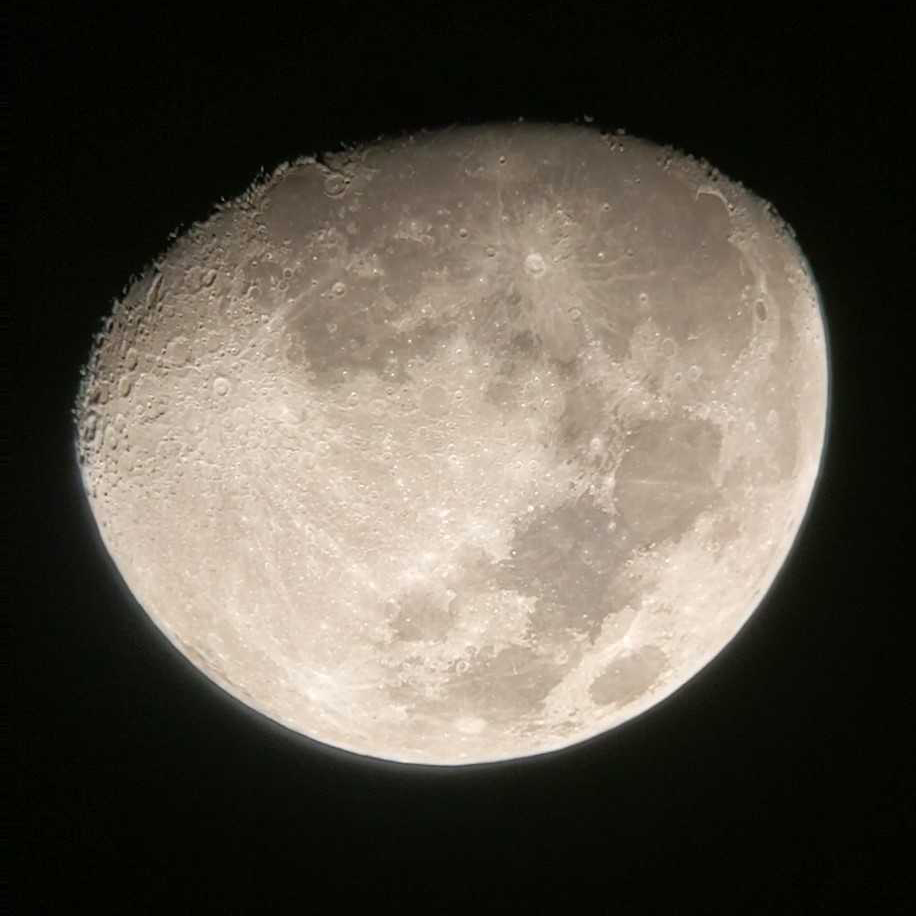Adler Skywatch: November 2024

Header Image: Astrophotography picture of the Moon. Image Credit: Nick Lake
Check out what’s up in the night sky this November!
Supermoon Sighting
At just under 225,000 miles from Earth, this month’s full Moon is considered to be a supermoon. It won’t be quite as close as last month’s supermoon was. However, this full supermoon is positioned well for an occultation–the occurrence of one celestial object appearing to cover another. The tiny but sparkling Pleiades star-cluster is close to the Moon’s left edge on November 15 as they rise in the east-northeast sky in evening twilight. The Pleiades and the Moon appear to move closer together during the evening. As the night of November 15 turns into the morning of November 16, the pair appear 70 degrees high in the southern sky; with the Pleiades fading away due to the moonlight’s glare. In the early-morning darkness, the Moon will appear to pass in front of some of the cluster’s stars. Just before morning twilight on November 16, the Pleiades will reappear on the right edge of the Moon, low in the western sky.
Late in the month, the rising Moon hides the first-magnitude star Spica, in the constellation Virgo, the Maiden. Look for the extremely slim waning crescent Moon, with Spica just below it, very low in the east-southeast around 4:00 am on November 27. As the pair rises in the morning darkness, the Moon’s bright edge slowly slips across Spica, causing it to disappear from view around 4:30 am. By around 5:37 am, Spica begins to emerge from the dark edge near the top of the Moon.
Planet Spotting this November
The brightest planet, Venus, is greater than minus-4 magnitude this month. Look for it very low in the southwest about 40 minutes after sunset early in the month, especially on November 4, when it appears a few degrees above a very slim waxing crescent Moon. As the Sun sets earlier each day, Venus appears more readily visible and slightly higher in the south-southwest sky during evening twilight. Venus sets in the west-southwest about 6:30 pm Central time on November 3 (the first day of Standard time), and shortly after 7:00 pm Central time by November 30.
The planet Saturn appears after sunset about 30 degrees above the southeast horizon, at slightly less than first-magnitude brightness. The evening of November 10, it’s very close to the dark edge of a waxing gibbous Moon. Saturn reaches about 40 degrees high in the south at its highest while still fairly early in the evening. It sets in the west-southwest around 2:00 am Central Daylight time on November 1 and November 2; around 1:00 am on November 3, due to the end of Daylight Saving time; and shortly before midnight by the end of the month.
If you have a clear view to the southwest horizon, you may want to try spotting the low-lying planet Mercury this month. Because it’s the closest planet to the Sun, Mercury is very often hidden in the solar glare. When it’s not, it either rises shortly before or sets shortly after the Sun. This month Mercury reaches its greatest eastern elongation–it appears furthest from the Sun–on November 16. Try looking for it from November 14 to November 20, barely above the horizon, a few degrees north of southwest, about 45 minutes after the Sun has fully set. DO NOT try looking while any portion of the Sun is above the horizon, or you risk permanent eye damage.
The bright planet Jupiter rises in the east-northeast about 7:00 pm Central Standard time early in the month (or about 8:00 pm CDT on November 1 and November 2). It rises a little earlier each day, so that by November 30, it rises about 5:00 pm Central Standard time. The night of November 16 and early-morning darkness of November 17, Jupiter appears near a waning gibbous Moon. It reaches about 70 degrees high in the south shortly after 1:00 am Central Standard time, and fades away low in the west in morning twilight.
The planet Mars rises in the east-northeast around 10:00 pm CST early in the month, and around 8:30 pm by month’s end. The planet brightens a little bit each evening, ending the month at slightly brighter than zero magnitude. The night of November 20 and early-morning darkness of November 21 it appears near a waning gibbous Moon, similar to Jupiter’s near approach a few days earlier. It fades away in morning-twilight high in the west-southwest skies.
Moon Phases
New Moon: November 1
First Quarter Moon: November 8
Full Moon: November 15
Last Quarter Moon: November 22
Please note: these descriptions are for the Chicago area, using Central time.
Subscribe To Skywatch Wednesday This November
Tour the sky with the Adler Planetarium’s Theaters Manager, Nick, in Skywatch Wednesday. Nick uses cutting edge visualizations, NASA images, and astrophotography to show you what you can see in the night sky throughout the year.
Check out Nick’s latest episode for your guide to autumn stargazing! Nick explains how to see five planets and their moons, constellations, and stars that are visible during the fall 2024 season.
Learn From Our Astronomy Educators
Watch recaps of Sky Observers Hangout livestreams this November! Learn how to observe upcoming cosmic happenings, enhance your astrophotography skills, and see celestial objects through a telescope virtually with our astronomy educators.






